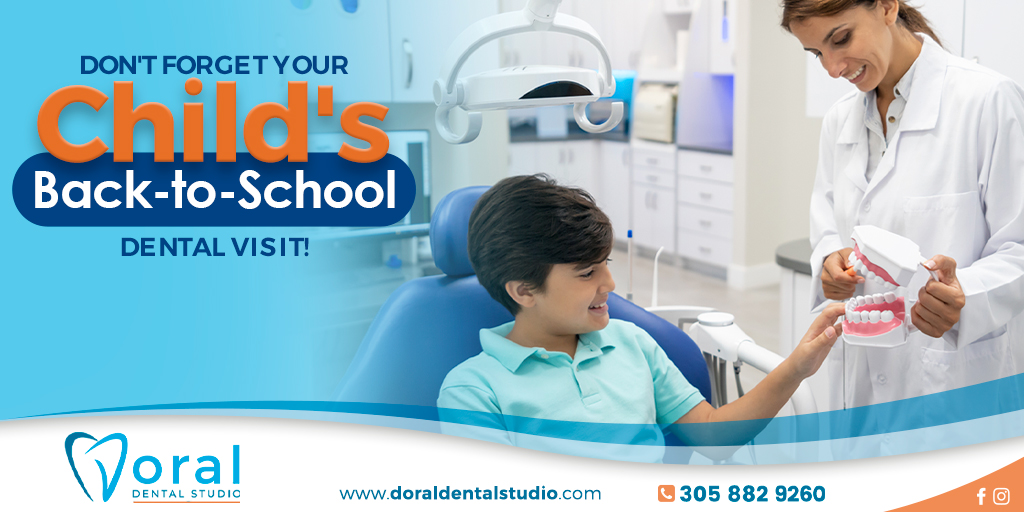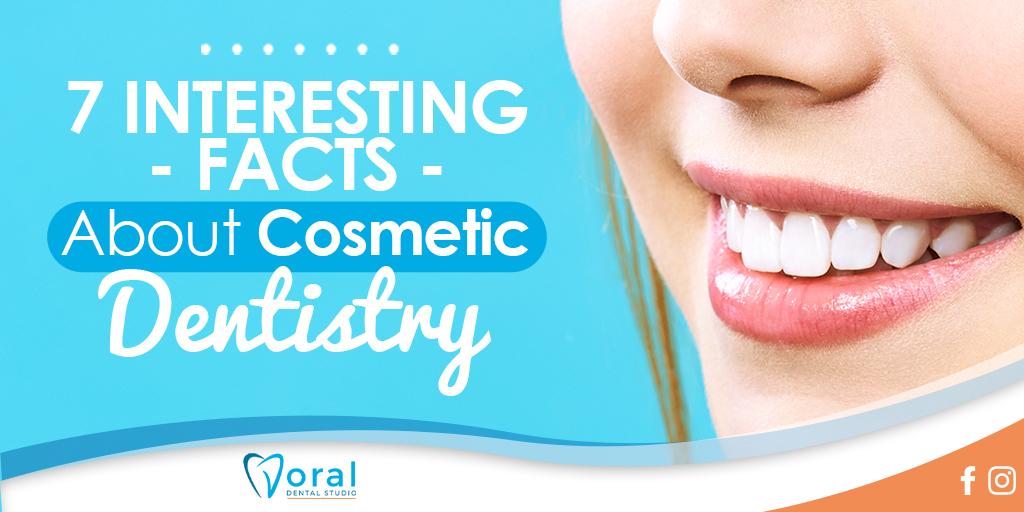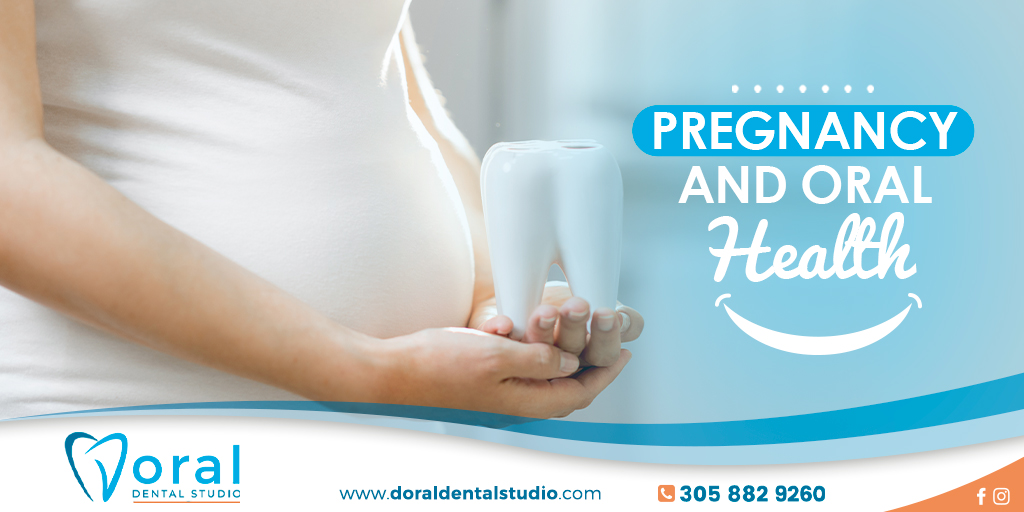In the rush of the last days of summer, it might be tempting to ignore your child’s summer dental exam, but skipping it could mean detention for your child’s mouth.
Back-to-school physical? Scheduled. New clothes and shoes? Bought. But don’t forget about your children’s teeth! It may be tempting while you’re squeezing in every last minute of summer fun to skip their summer dental appointment, but it’s every bit as important as a yearly physical. Plus, most schools require a dentist’s signature verifying your child has a clean bill of dental health.
Scheduling a dental visit before the start of the school year saves time rushing around before or after school, and your child won’t miss any school time. It’s estimated that children miss more than 50 million hours of school each year due to dental visits. Cavities are the most common chronic childhood disease, and early detection is key to simple treatment. By scheduling a dental checkup before school starts, you can beat the rush!
Here Are Some Tips for A Great Checkup (For You and Your Child)
Schedule an Appointment First Thing in the Morning or After a Nap – Schedule appointments when your little one is most cooperative and alert. If your child gets cranky when they’re hungry, try an appointment right after breakfast. If your child has a short attention span, try the first appointment in the morning or right after lunch when there’s less chance of the office running behind schedule.
Keep Your Phobia to Yourself – If you have a dental phobia, try not to let your kids see you sweat. Children are very perceptive, and if they see you cringe the second the instruments come out, they’re going to associate the dentist with being a scary place before they even open their mouths. Smaller children lack the verbal skills to communicate clearly, so they become masters at interpreting visual cues and body language. Try to breathe calmly and avoid language that might scare or intimidate a child. Don’t use the words, shot, drill, or pain or threaten to hold them down if they don’t sit still. Remember that positive experiences as a child are the building blocks for how they will look at the dental visits as they grow up. Keep it light and fun, and they’ll look forward to each visit.
Let an Older Child Lead by Example: If you’ve booked your children’s appointments back-to-back, let the child with the most dental experience go first so they can be a positive role model for the other child/children. Be sure to bring toys or a tablet and headphones to keep your other child occupied when they aren’t in the dental chair.
Don’t Forget Their Oral Appliances: If your child has a sports guard, retainer, or sleep apnea appliance, please bring it with you. Growth spurts and loss of baby teeth alter the way these appliances fit, and now is the perfect time to have them re-evaluated.
Keep the Office Number Handy: Emergencies happen. Make sure to keep your dentist’s number in your phone and remember to take a few business cards with you. Keep one in the car, at work, and tucked in your child’s backpack.
Get into the Groove: As summer winds down and bedtime routines start to get back into the swing, now is the best time to re-establish good at-home hygiene habits. Brushing before school and before bed for two minutes combined with daily flossing can help your child stay healthy between dental visits.
The back-to-school rush can get hectic, and it’s tempting to forgo your child’s cleaning and exam, especially if they don’t complain of pain or show any signs of cavities or other dental problems. But a child’s oral health affects their whole body. Making sure they start the school year with a healthy smile can save time out of school and prevent emergencies that are no day at the beach.




